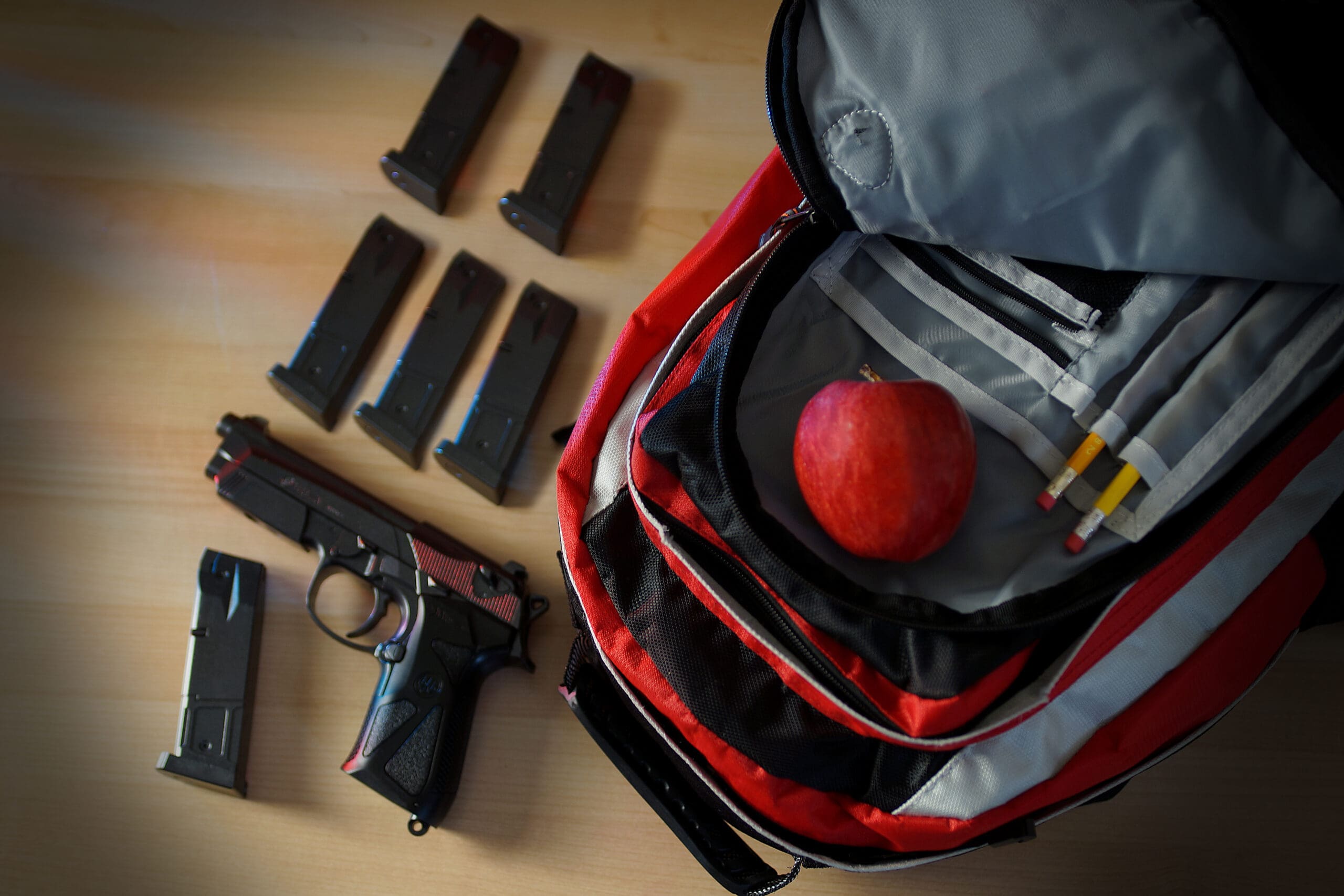Since the year 2010, the United States averages 15 lives lost to mass shootings annually in our school system. The average may have been higher if it were not for the COVID-19 pandemic, which kept our children and teachers out of school last year. According to the FBI, between the years 2000 and 2018, 74% of mass shootings in education occurred at or below the 12th grade level.
Gun violence has become so bad that more and more schools are starting to implement gunshot detection technology within their halls.
The gunshot detectors will be protecting lives much like a fire alarm system’s manual pull station — pull stations do not prevent fires from starting, but hopefully they are activated early enough to save as many lives as possible.
How does gunshot detection work? A sensor is used to listen for the acoustic properties unique to the sound created when a gun is fired and then trigger an alarm condition, usually auto dispatching the police. In most single purpose devices, this is all the gunshot detector does.
An alternative to single purpose devices would be a camera with gunshot analytics built-in like Hanwha Techwin’s Wisenet X Series cameras. The X Series feature a variety of license-free audio analytics, which provide enhanced live monitoring and forensic review. The sound classifications the cameras can recognize are gunshots, explosions, screams and glass-break events.
Martinsville City Public Schools in Virginia recently raised close to $300,000 in funding to install a dedicated gunshot detection system in its school division, according to T.J. Slaughter, Martinsville City Public Schools’ director of school safety and emergency management.
“As I explain it to people, it helps speed up the reporting to law enforcement,” says Slaughter. “Once gun fire is detected, an alert is sent to our 911 center and a text message is sent to our city police administrators and patrol supervisors. Most of this is done before anyone can even think about picking up a phone and dialing 911 due to a chaotic situation, thus improving response time.”
A dedicated gunshot detection system, like the one Martinsville City Public Schools is installing, has added benefits like being able to pinpoint the location of a shooter through triangulation. Adding both cameras and gunshot detectors can be costly for any customer. While not able to triangulate, a dual-purpose cameras can track the direction of a shooter if they are installed throughout a school.
Another negative of a single purpose device besides added cost is its accuracy. A recent news article in the Chicago Sun-Times shares an analysis of close to two years of data. The MacArthur Justice Center at the Northwestern University School of Law shows one of the country’s top gunshot detection companies has an estimated 86% false alarm rate.
Though gunshot analytics are certainly not perfect — a car backfiring or a book being slammed on the ground could trigger a false alert — the idea is to use these alerts and have a human immediately review the video to verify a threat, or lack thereof.
So far this year, we already matched the number of deaths from school shootings as we did in all of 2020, according to EducationWeek. While school shootings are unfortunately becoming common stance in our country, implementing a gunshot detection solution could help prevent undue casualties by being the first link in the chain of events to dispatch police and warn staff of the imminent danger to our children.
William Lowe is Systems Design Engineer at General Security Services Corp. This article originally appeared in CS sister publication Security Sales & Integration and has been edited.
The views expressed by guest contributors are those of the authors and do not necessarily represent the views of, and should not be attributed to, Campus Safety magazine.







